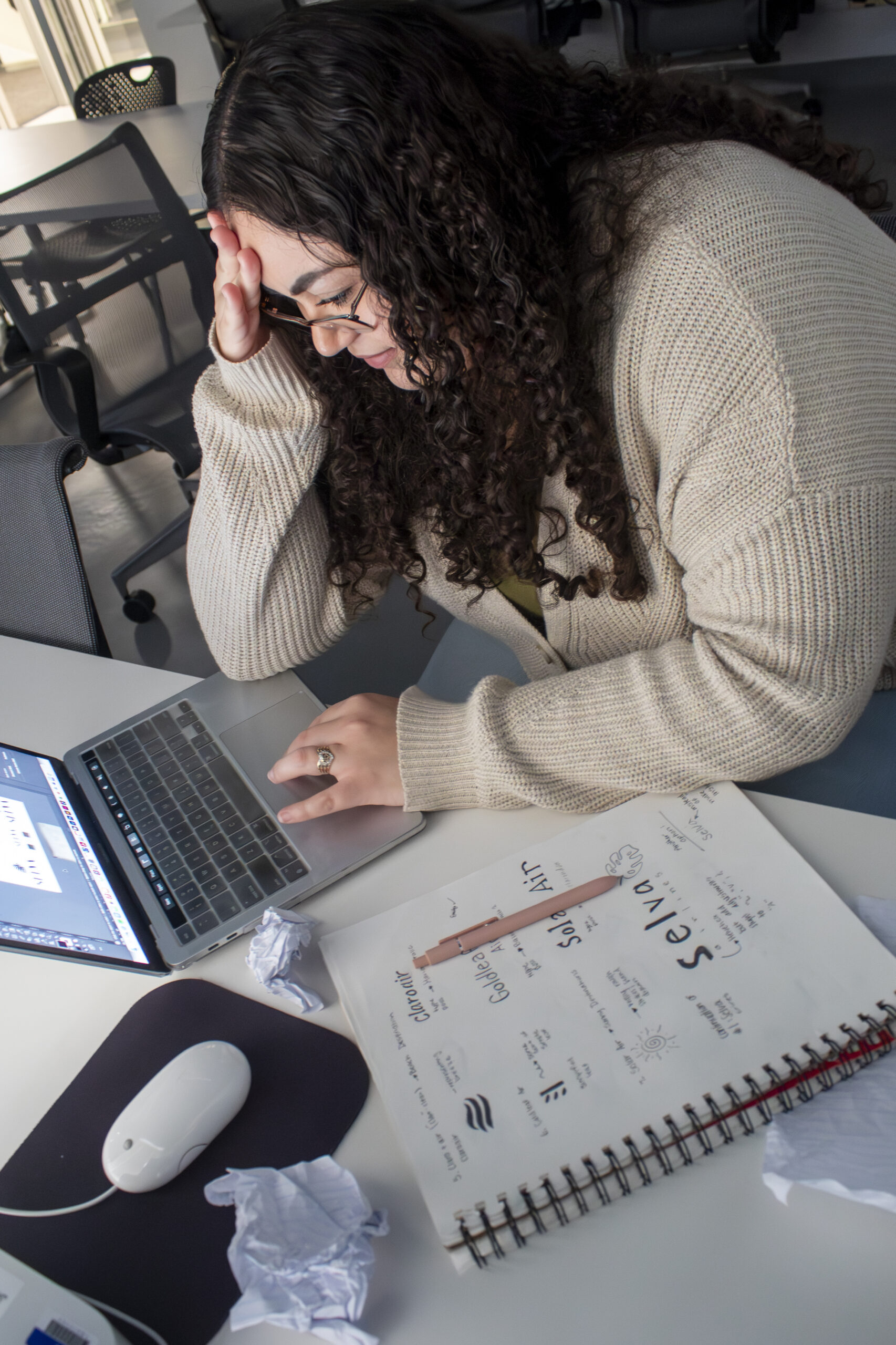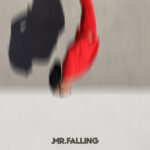
During college, many students experience burnout, facing challenges such as lack of motivation, decreased productivity and a sense of monotony in their work.
However, battling burnout as a student in a creative field of study could be uniquely debilitating. Whether they were artists, writers, designers or musicians, they were encouraged to consistently create original work that inspired innovation. With a full workload and various deadlines, this overwhelming demand for creativity often led to complete mental exhaustion.
Kristine Lippire, adviser of the Art Club and program coordinator for fine art, captured this feeling of creative block.
“The infamous blank canvas,” Lippire said. “Staring at a blank paper and starting something that is hard. Where to begin? Where to end? What colors do you use? What materials? What do you say? How big do you want it to be? We are all waiting for that aha moment, that sudden realization of inspiration and insight that allows you to visualize what you want to make so that you can begin.”
This feeling of complete creative freedom could be daunting; sometimes, inspiration did not immediately strike. Lauryn Hall, sophomore art education major, experienced this waiting game and shared how burnout and creative blocks impacted her perspective on her work.
“That’s why I wanted to go into this major—I’ve always done art. I found enjoyment out of it, but then when it becomes your workload, you kind of start to despise it, in a way,” Hall said. “It becomes difficult to find that connection to what you used to love.”
Hall’s explanation resonated with many other students in creative studies. Junior graphic design major Emily Hurtado detailed her experience with creative burnout as someone who created work for both her courses and internship.
“Experiencing creative burnout, I felt not very productive, and I just didn’t want to create anything,” Hurtado said. “Even for my job, I didn’t feel like creating anything, and I kind of felt stuck, to the point where I couldn’t find any other ideas.”
As a mentor for creative students, Lippire offered her perspective on why some experienced creative burnout.
“When students had a hard time, it was usually because they were overextending themselves,” Lippire said. “Our CBU students were so generous with their time and support of one another, but you also must make sure your cup is full before you share everything with others.”
Those experiencing the silent struggle of creative burnout asked the question: how could they stay inspired amid stress? Hall offered one solution in the form of CBU’s Art Club, where she served as the president.
“That’s what we’re trying to create [in Art Club], is a space where you can just come and relax and focus on art instead of your focus at school […] which is hard finding that balance, but that’s what we try to achieve,” Hall said. “There’s no guidelines; just come as you are.”
To follow that concept of finding a balance between life and work, Hurtado shared the wisdom she gained from one of her mentors.
“My professor the other day said, ‘Worry about the things that you can control and don’t worry about the things that you can’t control.’ To me, the way I interpreted that is—life happens, sometimes you can’t meet a specific deadline and that’s okay. Taking time is usually for the benefit of the piece, not to negatively impact it,” Hurtado said.
While creative burnout and blockages persisted during challenging seasons, reminding oneself to care could only produce positive results. From spending time with loved ones to stepping away from the canvas and thinking freely, there were ways to unplug and reconnect with the creativity inside each person.


